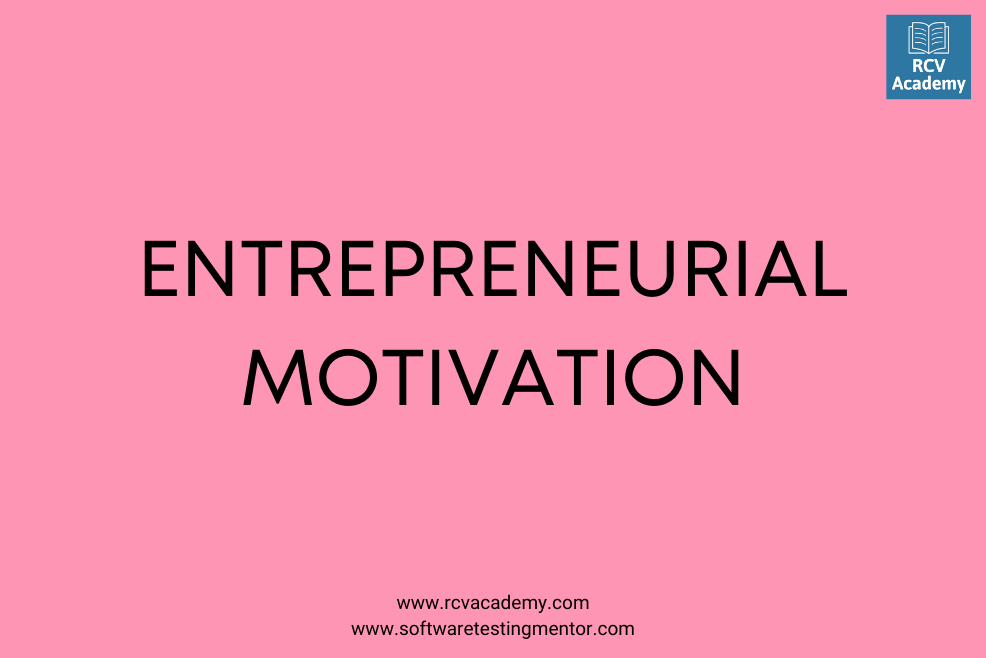In this tutorial, we will learn about the unique qualities of an entrepreneur. An entrepreneur needs to manage their time. The solution to using time efficiently is through enhanced management.
Every entrepreneur has distinctive qualities. To categorize some of these unique qualities. Being an entrepreneur means finding and appraising opportunities, assemble the essential resources, and making an action plan to benefit from these opportunities.
Entrepreneurs are leaders, and they must show signs of leadership, get pleasure from challenges that engross moderate risks. Entrepreneurs should trust in themselves and their aptitude to make high-quality decisions.
All entrepreneurs possess individual styles of owning and running a business, numerous personal unique qualities which can be protracted and can facilitate business to become successful. An entrepreneur can use this distinctiveness at work to accomplish business success.
Various uniqueness of an entrepreneur are as follows:
Attitudes:
Good habits are intricate to master, but once obtained, they become an essential asset. Many top executives have acquired the practice of starting work in the early morning hours. Entrepreneurs have specific abilities. Following factors to aid entrepreneurs in regards to protract entrepreneurial attitudes.
Carrier attitudes:
OPT (optional practice training) for a carrier will allow us to be free to articulate creatively as well as authorize personal and professional enlargement. When setting out a carrier, an entrepreneur may prototype his actions after successful persons who are in the same kind of profession. Once we understand their techniques for achieving success, it can inspire us in building our carrier in our way.
Mental attitudes:
Entrepreneurs have a sound psychological viewpoint in life. They are full-grown individuals who have extended the idea of all experiences in the big style. Definite time in each day for reflective thinking will allow us to engage in thoughtful activities.
Leadership:
Successful entrepreneurs are winning a small amount of a hundred employees. By the exceptional nature of their work, entrepreneurs are leaders because they hunt for opportunities, commence projects, and gather the physical, financial and human resources needed to carry out projects.
They also set goals for themselves and others, express and guide others to accomplish goals. There are two main areas of leadership behavior:
- Goal setting, planning, goal achievement, mission orientation.
- Motivating human relations, person orientations.
Risk-Taking:
Attaining realistic risks are essential to be successful. It provides great satisfaction in accomplishing intricate but realistic return of skills. In short, an entrepreneur likes trickiness but an achievable challenge. As the size of the business expands, problems and opportunities become more abundant and multifaceted.
Business enlargement and improvement want that we are not frightened to make decisions and are willing to presume certain risks. On the other hand, all phases of work involve risk-taking, which is a fundamental part of being an entrepreneur. Work under the strains and specific risks, and should comprehend that the likelihood of failure is always there.
Decision-making:
Being an entrepreneur must be innovative, particularly when it comes to decision making. It would help to believe in and an aptitude in making the right decisions.
In many cases, the more valuable the decision you make, the less pertinent information will be. Quantitative data are typically available for making routine decisions, but these facts and numbers are liable to be less vital when making important decisions affecting the organization’s future.
Planning:
Planning facilitates to ascertain of company goals. As your company grows, the principal need there is planning. Extensive time is used in the preparation and precious moments in doing monotonous operating activities. In the majority of businesses, there are two types of planning:
- First, there are entrepreneurial activities that, include making contacts with bankers, accountants, lawyers, and others who facilitate the financial aspects of your business.
- Second, there are aspects of a business that may be strenuous and in routine. These comprise organizing monthly financial reports, monitoring, and revised budgets also administrating the flow of products and services.




